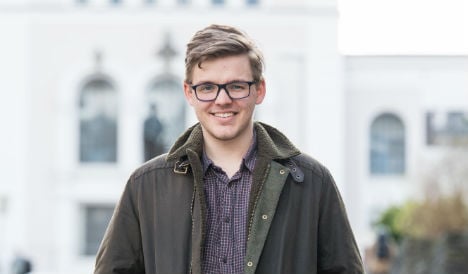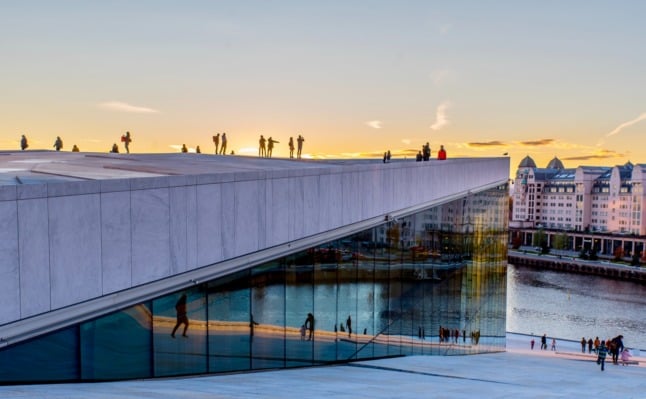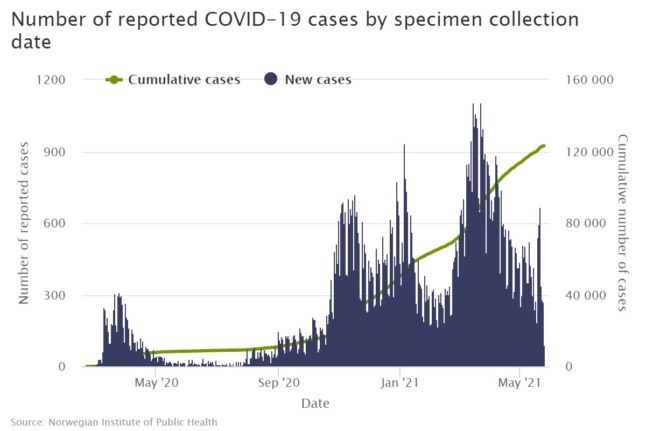22, 2011, when he killed 69 people, most of them teenagers, after opening fire on a summer camp of the Norwegian Labour Party’s youth wing (AUF).
UTØYA
Reclaiming Utoya: A survivor’s story
The day of the massacre, he saved the life of a woman riddled by bullets, but lost two close friends. Now this young activist is determined to reclaim Utoya.
Published: 6 August 2015 22:27 CEST

Ole Martin Juul Slyngstadli at Bergen University. Photo: John Gabriel Fløysand/springbrettet
The right-wing extremist Anders Behring Breivik turned the idyllic island into a nightmare on July
22, 2011, when he killed 69 people, most of them teenagers, after opening fire on a summer camp of the Norwegian Labour Party’s youth wing (AUF).
22, 2011, when he killed 69 people, most of them teenagers, after opening fire on a summer camp of the Norwegian Labour Party’s youth wing (AUF).
This weekend will see young Labour activists return to Utoya for their first summer camp there since the bloodbath. But 22-year-old Ole Martin Juul Slyngstadli says he has no qualms about going back.
“For me, it’s important to reclaim the island,” the cheerful and energetic young Labour activist told AFP.
Some think it is too early, even disrespectful, to organise a new summer camp on Utoya, a tiny heart-shaped island in the middle of a lake where Breivik opened fire on some 600 terrified youngsters.
But four years later, more than 1,000 Labour activists — including some survivors, like Slyngstadli — are going back.
Breivik’s shooting spree lasted an hour and 13 minutes, as he hunted down the up-and-coming leaders of the Labour party, Norway’s dominant political force, which he blamed for the rise of multiculturalism.
Just before that, he had killed eight people with a bomb that exploded near the government headquarters in Oslo, some 40 kilometres (25 miles) away.
“It marks you. You know that someone tried to kill you for the sole reason that you believe in a multicultural society, that you believe in a certain line of politics,” says Slyngstadli.
“Before, I was very politically active,” he adds. “But now my fire is burning even stronger and I’m even more involved.”
A member of the city council for the southwestern town of Stavanger, Slyngstadli, a law student, is busy preparing for local elections in September. He has also been one of the hundreds of volunteers who have helped renovate the buildings on Utoya to fix it up ahead of the reopening. He has returned several times since the attacks.
“There are of course a lot of emotions linked to the scene but I focus on the positive ones,” he says.
On the day of the attacks Slyngstadli saved the life of Ina Libak, who had been shot three times. He carried her in his arms, hid her in tall grass and, with the help of others, staunched the bleeding.
Testifying in court later, Libak said of Slyngstadli’s actions: “I’ve never seen anyone run as fast and be as strong.”
Slyngstadli still recalls the acrid smell of gunpowder; how Breivik walked just a few feet away from their hiding spot; urgent phone calls to parents. “Whatever happens, I love you,” he told them.
He and Ina were finally evacuated off the island by boat, she in serious condition and he in shock, but both alive. Among the dozens of lifeless bodies they left behind were two of Slyngstadli’s friends with whom he had been sharing a tent.
Breivik is serving a 21-year prison sentence, which can be extended indefinitely as long as he is considered a danger to society.
Slyngstadli has little to say about him.
“Why should I think about him?”, he says. “I understand that some people are still mad but I have better things to think about.”
Like him, Norway is trying to forget about Breivik while honouring his victims. Many even refuse to speak his name.
And if Breivik thought he could wipe out the next generation of Labour leaders, he was wrong: AUF membership has risen by almost 50 percent since the massacre.
Url copied to clipboard!



 Please whitelist us to continue reading.
Please whitelist us to continue reading.
Member comments